Bachmann group research
Research topics
We develop chemical interface engineering methods for green energy conversion applications
Energy conversion between its light, electrical, and chemical forms always entails the transfer of charge carriers at interfaces as the crucial step. Here, “the interface is the device” — in stark contrast to the bulk amounts of materials traditionally utilized in classical energy conversion devices. Therefore, smart engineering of interfaces enables one to minimize the utilization of expensive, highly purified, rare, or toxic materials. In fact, we contend that we can even replace those materials with inexpensive, abundant, innocuous ones using a combination of interface nanostructuring (on the scale of 20 to 5000 nm) and interface functionalization by ultrathin coatings (on the scale of 0.5 to 50 nm). To achieve the level of control required, we develop chemical nanostructuring methods based mostly on atomic layer deposition (ALD) and electrochemistry. We then implement them towards devices, the functional performance of which depends on the degree of perfection achieved preparatively.

Surface chemistry and preparative methods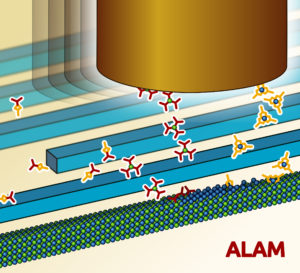 We develop molecular surface chemistry towards novel atomic layer deposition (ALD) reactions and processes, we combine it with electrochemical techniques to create original, complex nanostructures with well-defined geometry and tunable structural parameters. Adv. Mater. Interfaces 2023, 2300436 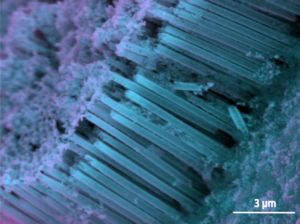 J. Mater. Chem. A 2019 ,7, 25112-25119
|
Support geometry in electrocatalysis and catalysis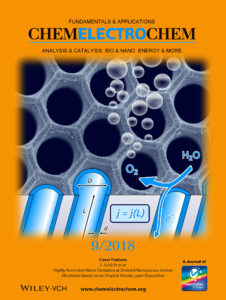 We investigate systematically how increases in the specific surface area of a nanoporous electrode or porous catalyst support are reflected in the substrate turnover. ChemCatChem 2024, e202401429 |
Photovoltaics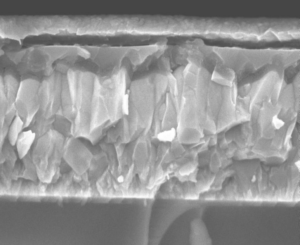 We study how the efficiency of ‘extremely thin absorber’ (ETA) solar cells is affected by the thickness of the light absorbing layer and the other geometric parameters of the nanostructured semiconductor junction. ACS Appl. Mater. Interfaces 2024, 16, 13903–13913 |
Magnetism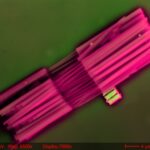 We create ordered arrays of elongated magnetic nanostructures for data storage application. By introducing structural irregularities along the axis of the structures, we aim to be able to store, read and write many bits of information per object. J. Phys. Chem. C 2023, 127, 2387-2397 |
Battery materials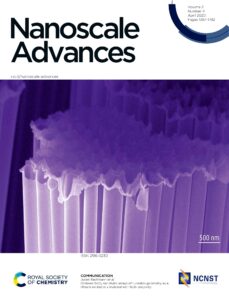 We apply our nanostructuring methods to the generation of lithium ion battery materials in which short ion transport distances within the solid and a high degree of porosity allow for fast charge and discharge, non-destructive volume changes, and high durability. Electrochim. Acta 2021, 388, 138522 |
